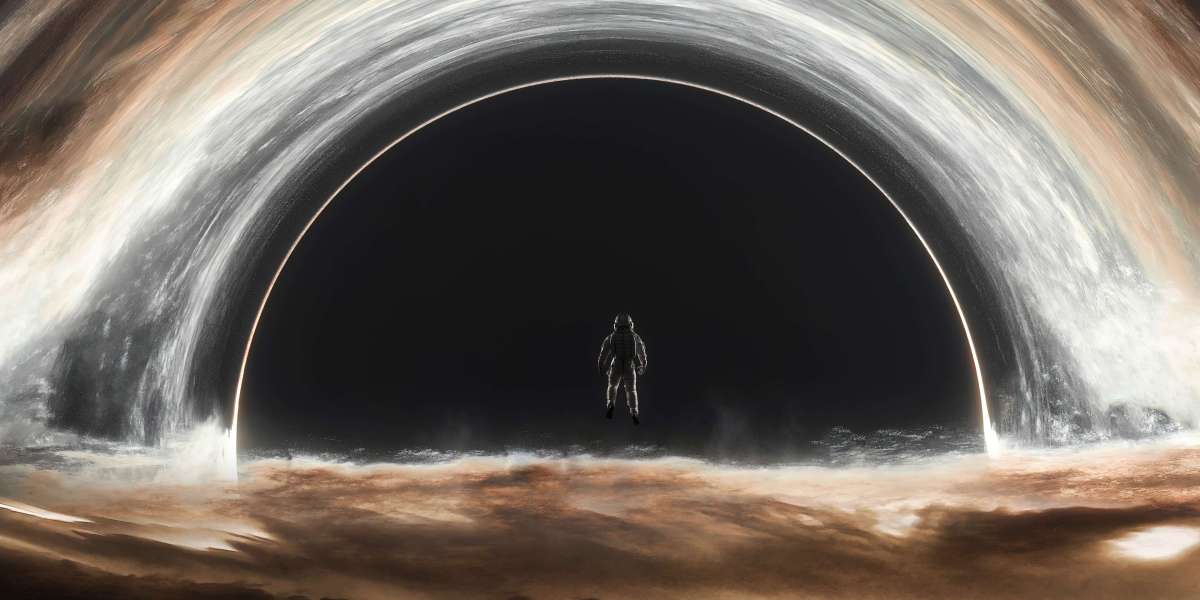Art and Design: DALL·E can help artists and designers generate new and innovative ideas by visualizing concepts that are difficult to express in words. It could also be used to create custom designs for products and services.
Advertising and Marketing: DALL·E can help companies create visual content for their advertising campaigns, social media, and other marketing materials. This could reduce the cost and time required to create visual content while increasing the creativity and quality of the content.
Entertainment and Gaming: DALL·E could be used to create realistic and immersive environments in video games and virtual reality experiences. It could also help filmmakers and animators create special effects and CGI.
Education and Research: DALL·E could be used in educational settings to visualize complex concepts and ideas, making them more accessible and engaging for students. It could also be used in research to generate visual representations of data and research findings.
What is DALL·E?
DALL·E is a state-of-the-art AI model that generates high-quality images from textual descriptions. The name "DALL·E" is a combination of the famous surrealist artist Salvador Dalí and the character EVE from the animated film WALL-E. The model was developed by OpenAI, an AI research lab that aims to create safe and beneficial AI that can benefit humanity.
DALL·E is based on the GPT-3 (Generative Pre-trained Transformer 3) language model, which uses deep learning to generate text. However, instead of generating text, DALL·E generates images that match the textual input. DALL·E can create images of almost anything, from surreal landscapes and abstract concepts to everyday objects and animals, all with a level of detail and realism that is truly impressive.
How Does DALL·E Work?
DALL·E is a type of Generative Adversarial Network (GAN), a type of neural network that consists of two parts: a generator and a discriminator. The generator generates images, while the discriminator judges whether the images are real or fake. Through a process of training, the generator learns to create images that are so realistic that the discriminator cannot tell them apart from real images.
To generate an image, you need to provide a textual description of the image you want to create. For example, you could input "an armchair in the shape of an avocado" or "a snail made of fire." DALL·E then uses its deep learning algorithms to create an image that matches the description. The level of detail and realism in the generated images is truly remarkable, making it difficult to distinguish between real and fake.
What Are the Potential Applications of DALL·E?
DALL·E has the potential to transform many industries and areas of our lives, including:
The potential applications of DALL·E are vast, and the technology is still in its early stages. OpenAI has already made the technology available to a limited group of users, including researchers, artists, and designers. However, as the technology improves, we can expect to see DALL·E being used more widely in various industries and areas of our lives.
One of the most exciting prospects for DALL·E is the development of more advanced applications. OpenAI has already announced plans to improve DALL·E's capabilities, including the ability to generate animations and video sequences. This could lead to even more creative possibilities, such as generating short films and animated shorts.
However, there are also concerns about the potential negative impact of AI-generated images on society. One of the main concerns is the risk of deepfakes, where AI-generated images or videos are used to manipulate or deceive people. For example, deepfakes could be used to create false evidence in criminal trials or to spread fake news and propaganda.
To address these concerns, OpenAI has taken steps to limit the potential misuse of DALL·E. For example, the company has implemented a review process to ensure that the technology is only used for "positive and creative purposes." They have also limited the access to the technology to a select group of users.
In conclusion, DALL·E is a remarkable example of the potential of AI to revolutionize creativity and transform various industries. Its ability to generate high-quality images from textual descriptions is truly impressive and has the potential to impact our lives in countless ways. However, as with any new technology, there are also concerns about the potential risks and negative impacts. It will be important for developers and users of DALL·E to remain vigilant and responsible in how they use and apply this innovative technology.
Search
Popular Posts
-
 Планируете заказать аттестат у надежного исполнителя? Заходите!
Планируете заказать аттестат у надежного исполнителя? Заходите!
-
 Как возможно быстро приобрести аттестат в онлайн магазине
Как возможно быстро приобрести аттестат в онлайн магазине
-
 Taste, Explore, Discover the Must-Visit Places in Kuala Lumpur for Every Type of Traveler
By Zahra zaik
Taste, Explore, Discover the Must-Visit Places in Kuala Lumpur for Every Type of Traveler
By Zahra zaik -
 Интернет магазин, в котором возможно заказать диплом университета
Интернет магазин, в котором возможно заказать диплом университета
-
 Ценообразование дипломов - обзор специалистов
Ценообразование дипломов - обзор специалистов
Categories
- Cars and Vehicles
- Comedy
- Economics and Trade
- Education
- Entertainment
- Movies & Animation
- Gaming
- History and Facts
- Live Style
- Natural
- News and Politics
- People and Nations
- Pets and Animals
- Places and Regions
- Science and Technology
- Sport
- Travel and Events
- Child development
- Family life
- Pregnancy stage
- Nutrition
- Food & Restarant
- Other



